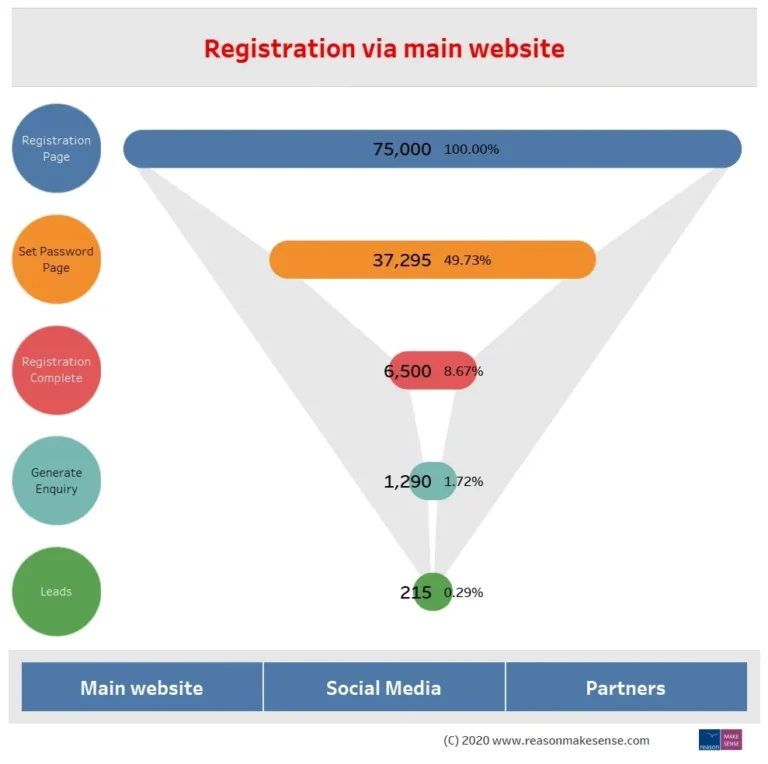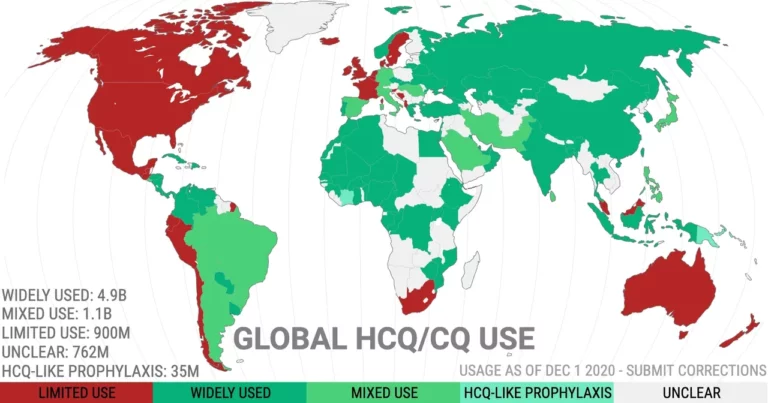Corporate Insights and ‘Single Version of the Truth’ Principle
From assertive goodwill to consistent reality: Why Praxis matters. Clarifications about a highly underestimated strategic question.

When it comes to Reporting, Analytics and Insights, there is little more important for organisations than the principle of a Single Version of the Truth (SVoT).
This principle often expresses the data warehousing design ideal, at IT level, with one single database to which all other business functions connect to create or consume reporting and analytics for their activities. Even financial statements fall under it (at least as a common regulatory requirement, in addition to having to be understandable, relevant, reliable, and comparable).
For the purpose and simplicity of this article, we will look at the level of a single organisation: a private business. We will also only reflect on what it means to private businesses to start a journey towards designing and implementing a SVoT or shifting an existing one from IT to the Executive level. For instance, we won’t be considering VAT or tax rates that are external given/basic inputs, as these belong to what we categorise as Interconnections to other levels of SVoT (like law/regulation, standards, norms…).
I/ What is a modern Single Version of the Truth (SVoT)?
A modern SVoT is a strategic informational system built to express, upon request, what the organisation is and how well it is performing. It is all about expressing organisational strategy and measuring how well it is being delivered.
If the SVoT can hardly tell the business basics about itself on the spot, the capability is not fit for purpose: there is no SVoT nor common language, there is no grammar to articulate business concepts lacking definitions, there are rather only competing towers of Babel, or a culture of guessing and improvisation on the go under cover of ‘agility’ and ‘need to be reactive’.
If a SVoT tells us what the business prefers us to know, we are in configurations such as Patisserie Valerie or even Enron: a misunderstanding or a bias, if not a fraud-by-design.
There is a test one can undertake to assess any organisation’s current situation: bring around a table the CEO, the Sales director, the Legal/Compliance director, the Operations director and the Director/Head of BI, and ask then What is a new client? Listen and take notes. To explore the matter further, ask participants to tell what a client is, and the difference between a new client, a client and a past/lost client. Finally, ask how this gets translated into data collection… At this point, everyone will have understood the point of the need to have proper Business Definitions as a fundamental prerequisite to designing any SVoT.
For sales, a new client is the one we are sure of at 80% in the pipeline, or someone who just called saying “We just signed and posted the contract, you should get it this week”.
For Legal, it is rather when we’ve got the contract signed, validated and registered. But what about some guarantees we are still waiting for?
For the CEO, it will potentially be anyone who does not buy yet our products, or a business that is happy with our products and is a good source of profit.
Finance/billing says the new client becomes a client when they pay the first bill, then the agreed bills.
The head of IT could say “we have a master CRM with, to simplify, a table named Client, holding information on the address of the business, telephone number etc. The Client table has a Created_Date field but this is the date when the record is created in the CRM. We are currently merging two recent acquisitions where acquired clients’ payment terms are different to our standard ones – but some of these are also our clients on other products… The data from one acquisition is still in Access while the second one is stored by regions, so there are duplicates and none really aligns yet with what we have in our master CRM… There is no documentation on why this was done that way.”
On top of this, let us imagine we have a metric KPI that tracks the performance in the days it takes from the signature to the first delivery of the product. Where do we put the time stamps that will tell us how well we are doing?
For various reasons, and despite publicly made regular assertive statements and good intentions, SVoT’s operationalisation has never really been a reality (at the level of a private business, as this is the level of our purpose here but if you know one, please get in touch urgently, we are very interested). The SVoT data warehousing concept (SWoT-DWH) is out of date too.
Never really been a reality because it is the business’s duty and responsibility, not IT’s as it is far too often the misconception, to define what the SVoT is.
The SVOT-DWH concept is out of date because ways of measuring business functioning and its environment as well as the translation and storage of this information into elemental data have evolved and are evolving further. Given the pace at which the socio-economic interactions and rapport to space and time shrink (all must be quicker and faster, always less time-consuming processes, always more data…), we face a phenomenon similar to what Moore’s rule was like regarding microprocessors growing processing power.
Organising the data lineage and ETL/ELT from Facebook, Hadoop, or Google BigQuery down to a data repository is not so much about knowing how to set up coding and middleman software to get this done. It is about validating the origin and then translating each vendor’s way of capturing the world that is around us into the business’s language expressed by the SVoT and surrounding regulations.
We are not saying it is an easy task. However, this needs to be thought at a very early stage to allow for saving a lot of time later (and therefore budget), especially when it comes to analysing options around master data governance, dictionaries, and architecture down to visualisation.
Any other approach to a SVoT leads to the horse riding the jockey.
- A modern SVoT is made of Business Definitions and Requirements, not SQL coding and raw data whenever well organised it can be.
- A modern SVoT sits at the Governance level (Board and CIO/CDO), while other pillars with IT and BI operationalise it, whatever the business choice for data repository architectures and lineages are.
- A modern SVoT does not take data for granted but checks its consistency and internal robustness towards scientific and security-related rigorous and tailored methods.
Any other approach to a SVoT leads to the horse riding the jockey.
By proceeding as above, the business will naturally resolve questions around what sort of analytical function is needed to generate relevant insights; what data science programme to design and implement; is any sort of machine learning or even AI is to be considered, and what would be its definition and value added?
In the same way, data quality issues will get pushed back to their roots because resulting SVoT processes aimed at collecting and translating information into data will have been designed to serve the business purpose and its SVoT’s strategy grammar, and therefore it will send some software inconsistent user interfaces/poor design or vendors short-sighted quick-win interests back to the starting blocks and development labs.
This is the business that drives what software and technology matter to them, not the way round where the business doesn’t have really much choice than to adapt to something that’s OK and will cost a lot to get implemented, while probably never really addressing what was needed from the start.
Indeed, it is not uncommon to hear approaches like ‘Let’s run a Python script over that bunch of data and see what happens’. One needs to be under control by opening the black box Python script, then see precisely how to use it and over what nature of data quality and consistency, otherwise one ends up with cases like ‘studies’ published in the Lancet journal quickly withdrawn (case of Surgisphere analytics and biased publication against Hydroxychloroquine efficacity having led the WHO, and several countries to immediately stop testing it as a remedy against Covid-19).
Eventually, getting back control of insights and analytics is the whole point of a SVoT: Business strategic leadership drives its insights governance and the SVoT’s updates, which in turn determine the type and nature of Data strategy and high-level analytics framework and derivative modules, which in turn inform on and narrow down to technologies that will allow the business to get it done.
As a logical and sensical consequence, the reader will see that there is no such thing as “data-driven businesses”, another buzzword. There are only businesses driving their strategy and SVoT with the resulting data creation, collection and management they are in charge of.
II/ Managing the constraints of updating and keeping consistent the SVoT in an evolving environment
Managing the constraint of updating SVoTs within an evolving competitive and regulated environment is a question to be discussed and decided at Board-CIO/CDO levels.
What happens when some Business definitions change? What happens when regulation evolves? How do we keep accumulated for now data consistent, and aligned over time?
Governing is anticipating and planning, including risk anticipation and its management. Without anticipation and planning, there is no good governance. But whenever a case of governance a business has, the need for a SVoT is still the need for a SVoT, and its incarnation into a reality is a matter of importance by itself, like a thermometer remains a thermometer even if it is not being used, or is being used as a barometer.
The operationalisation of SVoTs must therefore allow the amendment of existing Business definitions, adding new ones or removing some without creating gaps or incompatibilities with data information management, its conservation, GDPR, fiscal regulation or security policies, and what it means at the lowest level in terms of data and its storage, for instance.
Essentially, high-level business definitions and SVoT’s architecture and operational frameworks should be subject to only occasional major changes: if the definition of, say, what is a new client? has to change, one needs to create inside IT systems a way to implement this easily, but also add a time-stamp or a tag that allows marking time and future reporting so that this new change is visible and known to end users. While a client is always a client, the former Business definition of a client makes it substantially different from the new definition, and this matters for historical reporting, traceability and a few other analysis and auditing purposes.
One example is when a client from a business we acquired becomes the client of our business as a result of a high-level decision around M&A consequences.
Another example is when a business hires people that evolve among teams, or leave: tracking some individual performance and career evolution is here a typical illustration of why a proper SVoT will help, not only for HR Analytics but for the whole integration of a new starter across the systems, including the training or performance framework when it comes to measuring individual and team performance (customer service advisers moving teams in a retailer; engineers and builders moving teams and sites; caseworkers in a regulator). Obvious approach but not always implemented: one defines terms on which a team’s/individual performance will be measured from the start, not in the middle of the run or, worse, at the end.
Businesses need, therefore, to keep in mind the importance of setting up the right Praxis, understood as the union of both Knowledge and Experience, most appropriate to their vision & strategy. The benefits of such an approach at the governance level are both financial and non-financial, with possible immediate quick wins, while bringing structural guarantees and a common intelligible to all languages.
At reason we know there is nothing wrong in doing things right the first time. It is never easy, but being willing to try makes sense from the start for Intelligent Excellence to flourish.
Thank you for your time and interest.
Please join us by subscribing to our Blog. Posts are occasional and written as thoughts come.
Please leave your comment at the bottom of this page to continue the reflection on this post.
If you are looking for a reliable, independent professional consultancy to assist you in getting through the mist and the storm and cutting through an often artificial complexity, please do get in touch with us for an informal discussion, or write to contact @ reasonmakesense .com (please remove spaces)
Get in touch to discuss freely; reason will Make Sense, with you and for you.
A few words about Reason

reason supports Shareholders, Board, C-Suite Executives and Senior Management Team in achieving Business Excellence and Sustainability through our Praxis unique approach.
We Make Sense with you and for you.
We work and think with integrity, are independent and fed by a very broad spectrum of robust information sources, which is certainly one of the rarest and best qualities a consultancy can offer demanding decision-makers willing to overcome challenges and reach impactful, tangible and measurable Business Excellence.
We follow reason, facts, best practices, common sense and proper scientific approaches. This is our definition of professionalism. It brings reliability, confidence and peace of mind.
Please check our offering, subscribe directly on this page, write to contact @ reasonmakesense .com (without the spaces) or click on our logo below to get redirected to our contact form.
Thank you for reading!
Reason Praxis | Make Sense
Excellence & Sustainability
www.reasonmakesense.com
There is nothing wrong in doing things right, first time.
Share this post

#datastrategy #innovation #management #gettingthingsdone #businessintelligence #analytics #data #strategy







